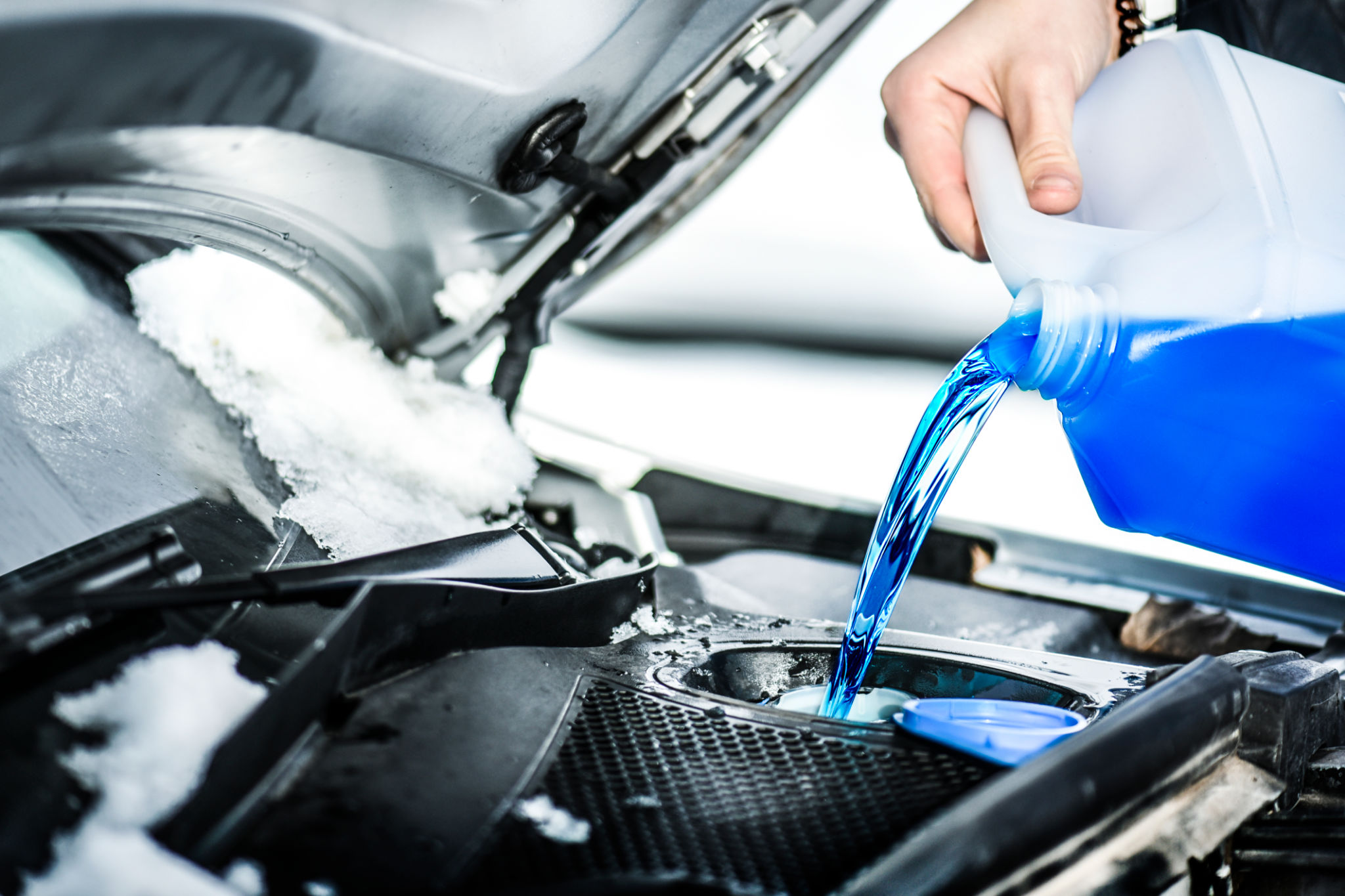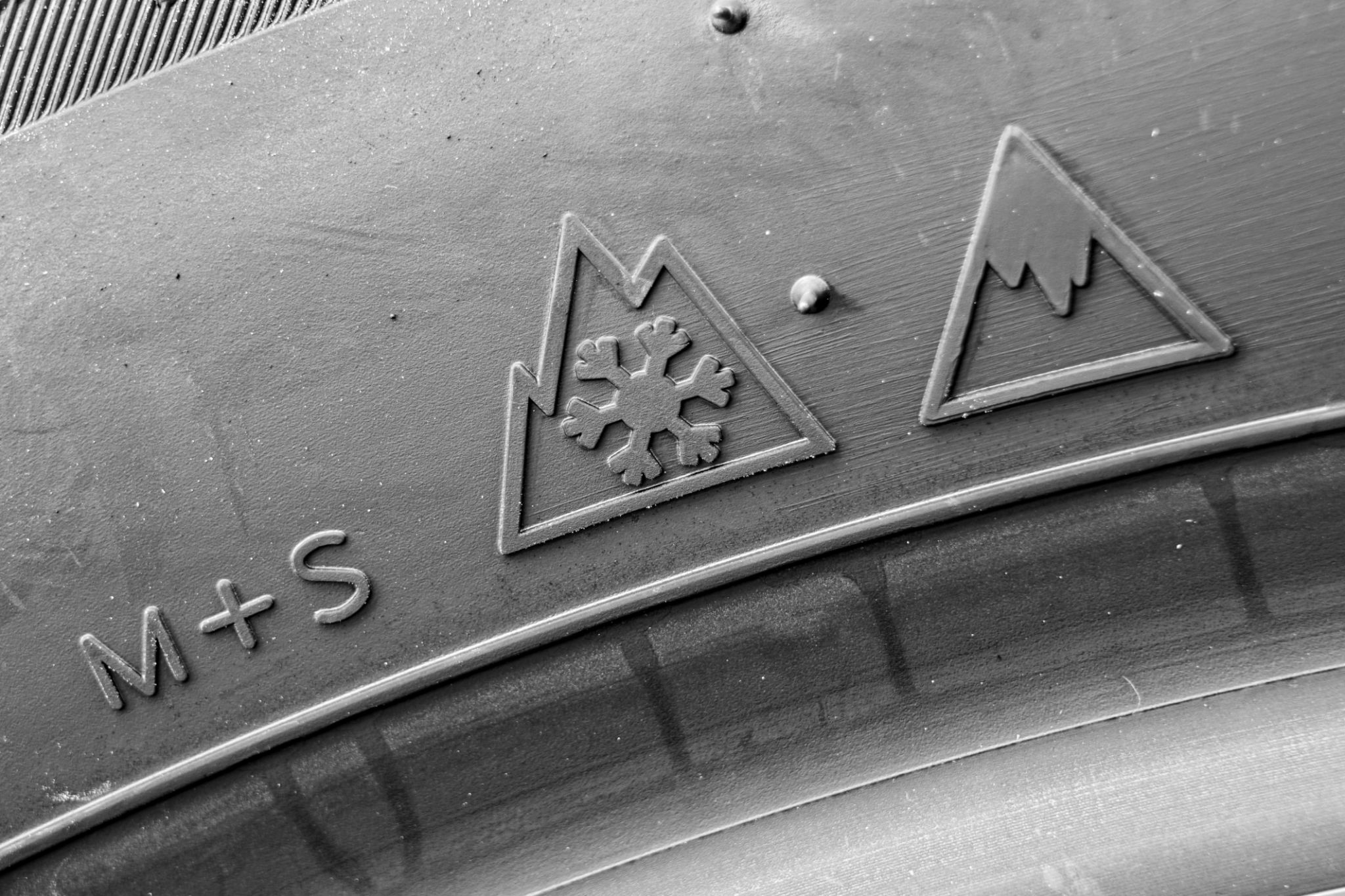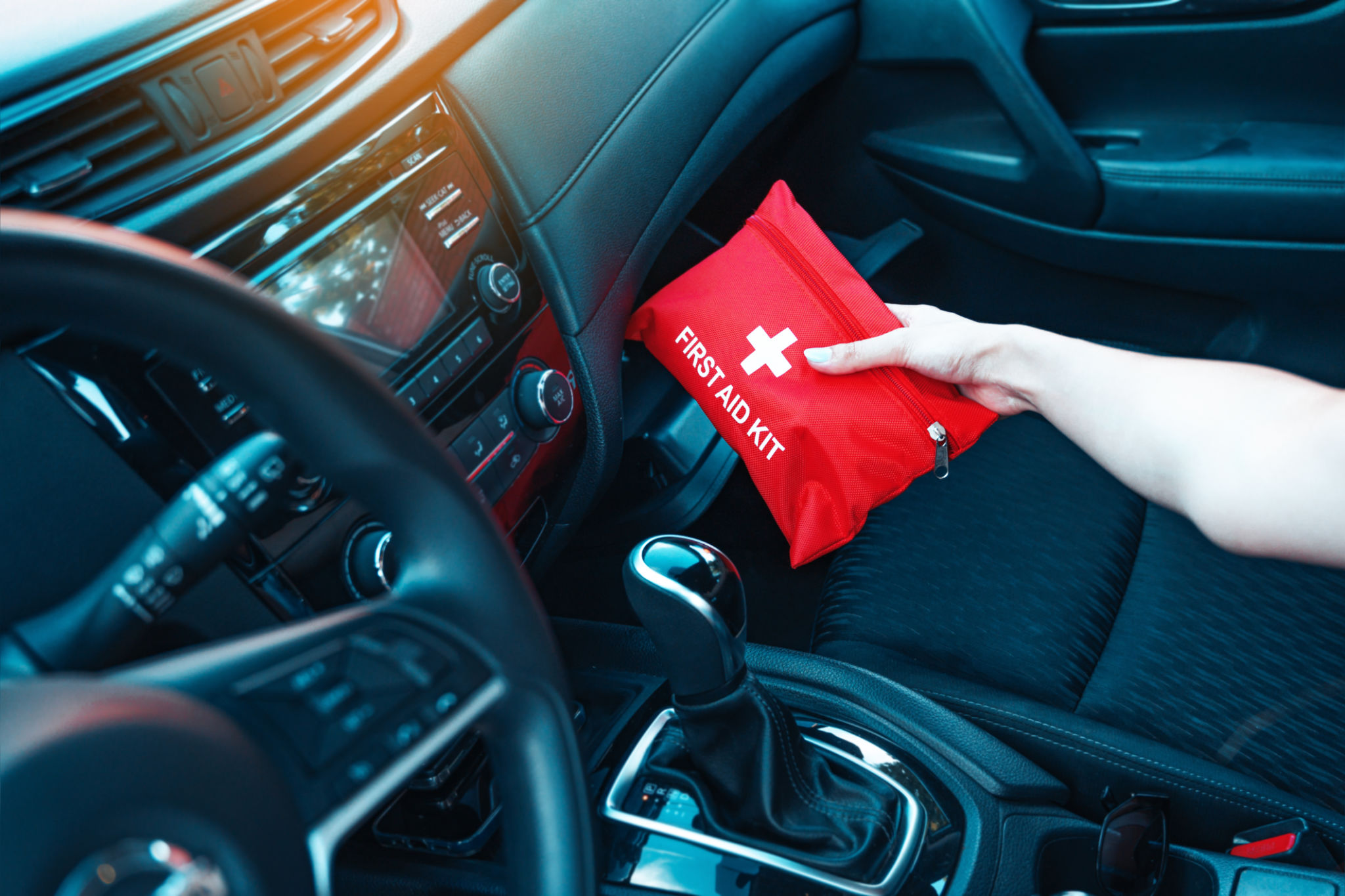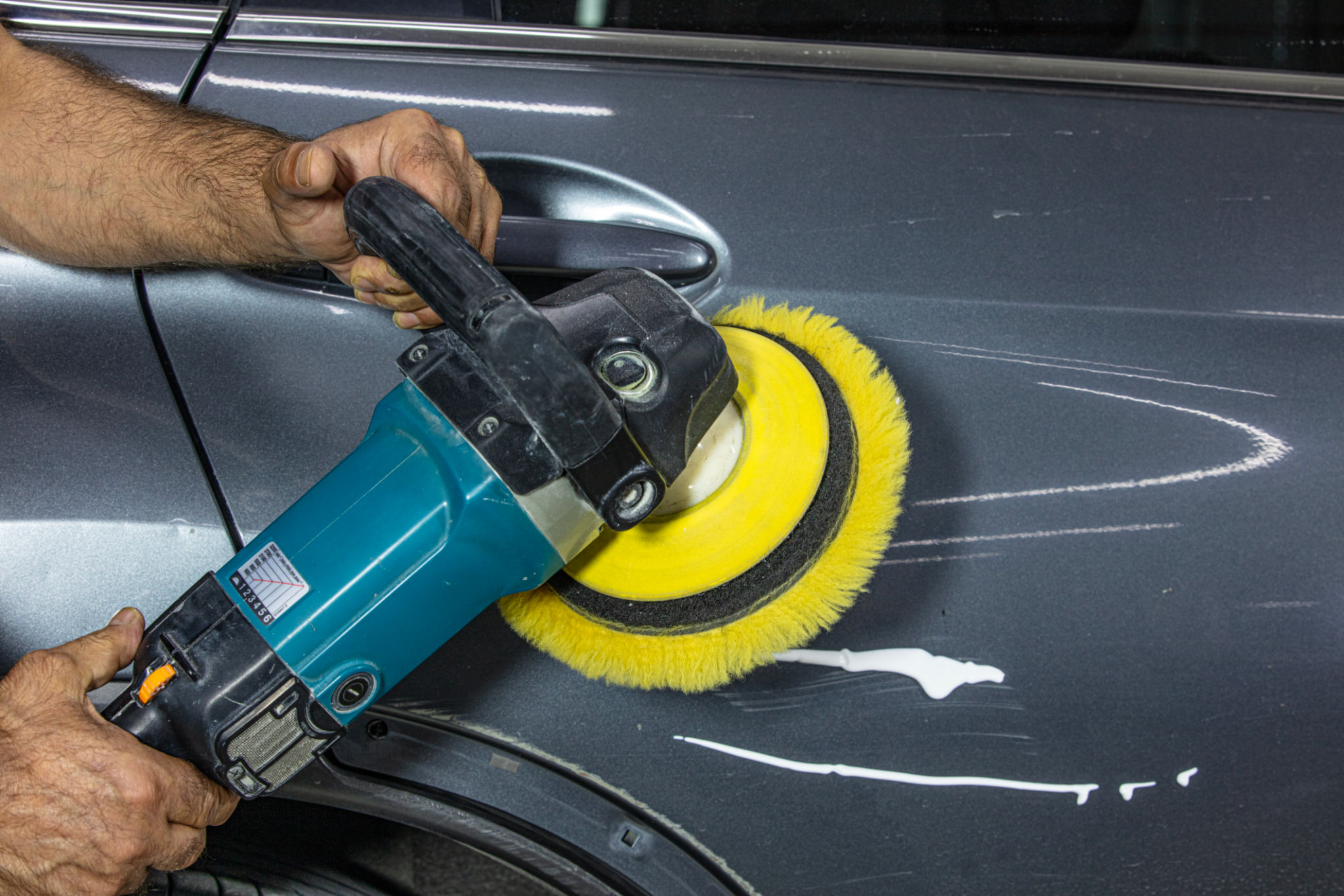Seasonal Car Care Tips: Preparing Your Vehicle for Winter
Check and Replace Fluids
As winter approaches, it's crucial to ensure your vehicle's fluids are in top condition. Start by checking the antifreeze level and quality. Antifreeze, or coolant, prevents the engine from freezing in low temperatures. Make sure the coolant mixture is in the correct ratio, typically 50/50 with water. If it appears dirty or diluted, it might be time for a flush and refill.
Don't forget about the oil. Cold weather can thicken motor oil, making it less effective. Consider switching to a winter-grade oil if you live in a particularly cold climate. Additionally, check the windshield washer fluid; you'll want a formula that won't freeze in low temperatures.

Test Your Battery
Winter can be hard on car batteries. The cold temperatures can reduce a battery's power output, making it difficult to start your vehicle. It's wise to have your battery tested before winter hits. A professional can determine if it’s holding a charge properly or if it needs to be replaced.
Clean any corrosion from the battery terminals and ensure the connections are tight. If your battery is more than three years old, consider replacing it to avoid being stranded in the cold.
Inspect Tires and Brakes
Tires are your vehicle's only contact with the road, making their condition critical in winter weather. Check for adequate tread depth; tires should have at least 4/32 inches of tread for winter driving. Consider switching to winter tires if you experience heavy snow or ice regularly.

While inspecting tires, also check the tire pressure. Cold weather can cause it to drop, affecting traction and fuel efficiency. Additionally, ensure your brakes are in excellent condition, as stopping distances increase on slippery surfaces.
Prepare Emergency Kit
An emergency kit is essential for winter driving safety. Equip your vehicle with items such as a warm blanket, flashlight, ice scraper, jumper cables, and a first-aid kit. It's also wise to include non-perishable snacks and bottled water in case you're stuck for an extended period.
Having a shovel and a bag of sand or cat litter can help if you need extra traction to get out of a snowbank. These tools can be lifesavers in unexpected winter conditions.

Check Lights and Wipers
Visibility is crucial during winter months, so ensure all your vehicle's lights are functioning correctly. Check headlights, taillights, brake lights, and turn signals. Replace any burnt-out bulbs promptly.
Wiper blades are often overlooked but are vital for maintaining clear visibility in snow and rain. Replace them if they're worn out or leave streaks on the windshield. Consider winter-specific wipers designed to handle snow and ice better.
Protect Your Vehicle's Exterior
Winter conditions can be harsh on your vehicle's exterior. To protect it, consider applying a coat of wax before the first snowfall. This extra layer helps shield the paint from road salt and grime.

Regularly washing your car throughout winter can also prevent salt buildup that could lead to rust. Pay special attention to the undercarriage where salt accumulation is most common.
Plan Ahead for Safe Winter Driving
Finally, plan your routes carefully during winter months. Stay informed about weather conditions and avoid traveling during severe storms whenever possible. Leave extra time for travel and drive cautiously on icy roads.
By taking these precautions, you can help ensure that your vehicle is prepared for winter's challenges, keeping you safe on the road.